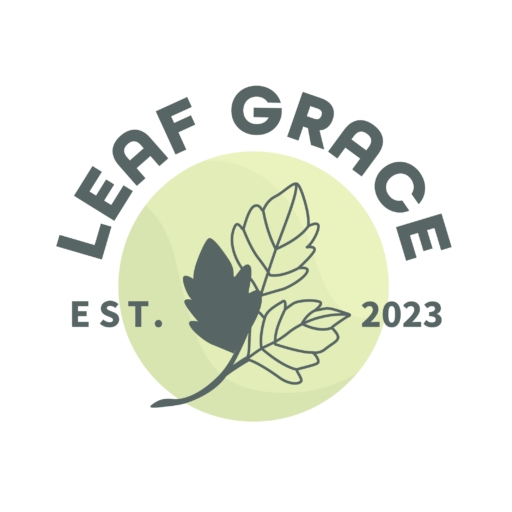Identifying a plant growing in a parking lot in Virginia, Chesapeake, can be tricky without more specific details, but here are a few common possibilities:
Common Weeds or Plants Found in Parking Lots in Virginia:
- Common Ragweed (Ambrosia artemisiifolia):
- Description: Feathery, divided leaves and small greenish flowers.
- Habitat: Often found in disturbed soils like parking lots and roadsides.
- Dandelion (Taraxacum officinale):
- Description: Bright yellow flowers and deeply toothed leaves.
- Habitat: Common in grassy areas and cracks in pavements.
- Crabgrass (Digitaria spp.):
- Description: Grass with spreading, finger-like seed heads.
- Habitat: Frequently found in lawns, parking lots, and disturbed areas.
- Plantain (Plantago major):
- Description: Broad, oval leaves with prominent veins and green flower spikes.
- Habitat: Found in compacted soils, including parking lots.
- Kudzu (Pueraria montana):
- Description: Large, trifoliate leaves and purple flowers in clusters.
- Habitat: Grows aggressively and can be found climbing over structures in disturbed areas.
- Virginia Creeper (Parthenocissus quinquefolia):
- Description: Five-leaved vine that turns red in fall; small, blue-black berries.
- Habitat: Climbing walls, fences, and occasionally found in parking lots.
To Identify the Plant:
- Examine the Leaves: Note the shape, size, color, and arrangement.
- Look at the Stem: Check for any distinct characteristics like hairiness or coloration.
- Flowers or Fruits: Observe any flowering or fruiting bodies for additional identification clues.
- Growth Habit: Consider if it’s a vine, bush, or ground cover.
Suggestion:
If possible, take a clear, close-up photo of the plant focusing on leaves, stems, flowers, or any distinctive features. This will greatly aid in providing a more accurate identification.
Would you be able to provide more details or upload a photo of the plant for further assistance?
4o
Post Views: 1,673





